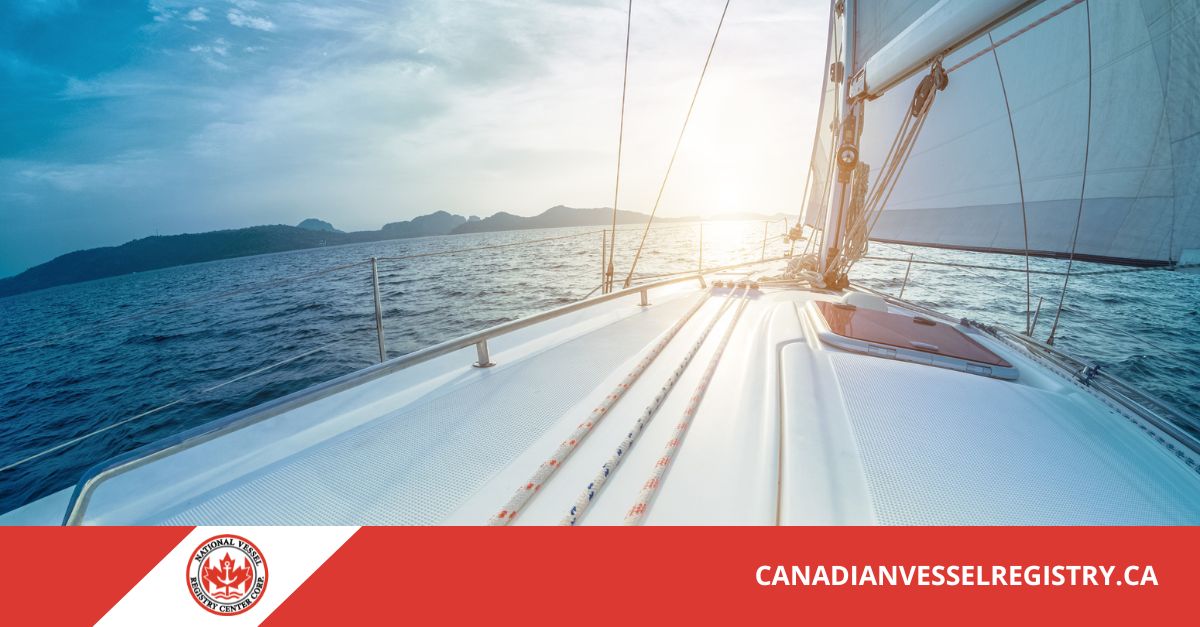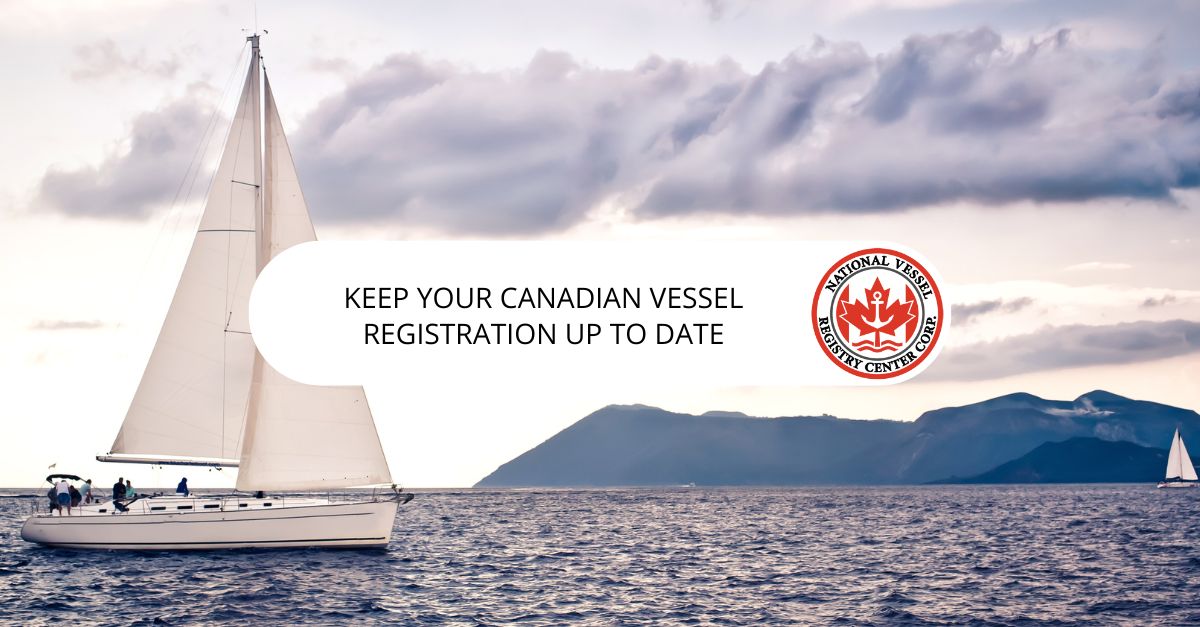It’s very important that your Canadian vessel registration is always kept up to date and current. Why? Because this ensures compliance with regulations, including those pertaining to safety on the water. Many people find that setting an alert reminder or marking the expiration date on their calendar helps them stay on top of updates. Be sure you begin the renewal process well ahead of the current expiration so that you aren’t caught without a valid registration. Use this guide to get you through the process.
What Happens if You Don’t Have a Current Canadian Vessel Registration?
In most cases, your vessel registration must be renewed every three years. Failure to do so can result in consequences, some of which can be quite costly. You should receive a notice about a month prior to expiration that you need to renew, but it’s always best to keep track of it yourself as well, just in case that notice is lost or never arrives.
Changing Your Address
If your address has changed since your last renewal, the notice that you are expecting may have been sent to the wrong location. In that case, you will need to update your current contact information with the registrar at your port of registry. You will need the following information to complete a change of address:
- Name of the boat
- The boat’s official number
- The port of registry
- The name of the owner
Registration may be suspended if your contact information is not current or correct. This can leave you with penalties and fines, so make sure you keep the registrar informed if any of your personal details change.
Reasons to Stay Current
Maintaining current boat registration is crucial not only to avoid fines and penalties but also to ensure compliance with safety regulations, which safeguards you, your vessel, and everyone else on the water. It also enhances your credibility and peace of mind during waterway inspections, facilitates smoother interactions with authorities, and ensures access to certain waterways and marinas that may restrict entry to registered vessels only. Moreover, a valid registration serves as proof of ownership in case of disputes, theft, or accidents, contributing to the overall security and legal standing of your boating operations.
Transferring Registration
If you sell your boat, the registration needs to be transferred to the new owner. This can be done by filling out a transfer application form. The document must be signed by both parties, current and future owner. Once the application is processed and approved, the new owner will receive a pleasure boat registration certification that must be displayed on board the vessel at all times.

Other Considerations
A couple of other factors to keep in mind when it comes to registration is insurance and your boat’s equipment. It’s not always mandatory to have insurance, but it is strongly encouraged. If you finance the boat, insurance is required. Each time you renew your registration, you should also check your boat’s safety equipment, including lights, fire extinguishers, life jackets and other gear. Check the engine and fuel system as well. Take any necessary steps to repair or upgrade anything that needs it.
If you have more questions about the Canadian vessel registration process or you need help facilitating renewal, contact the Canadian Vessel Registry today. We’re here to help you each step of the way.

